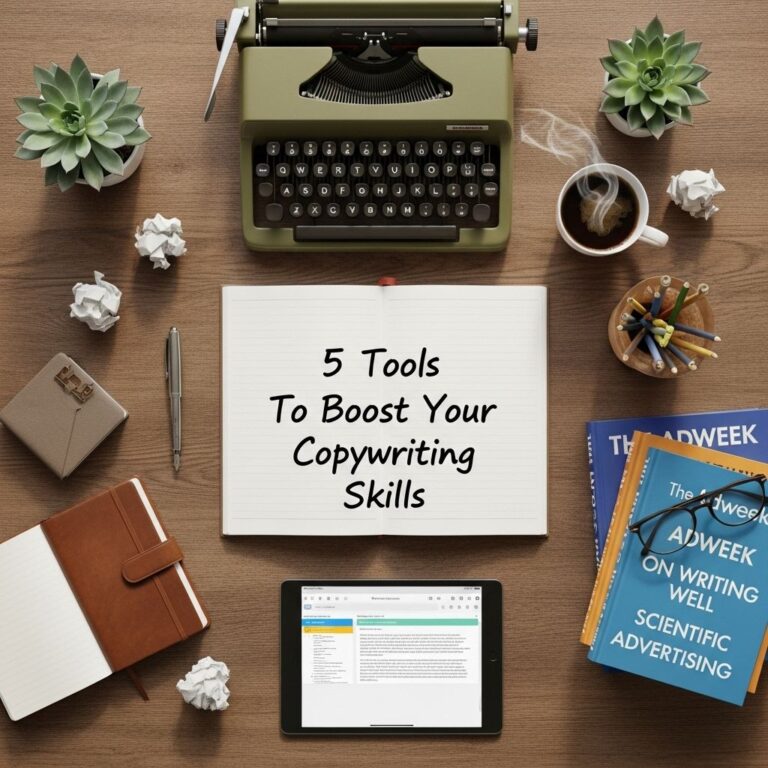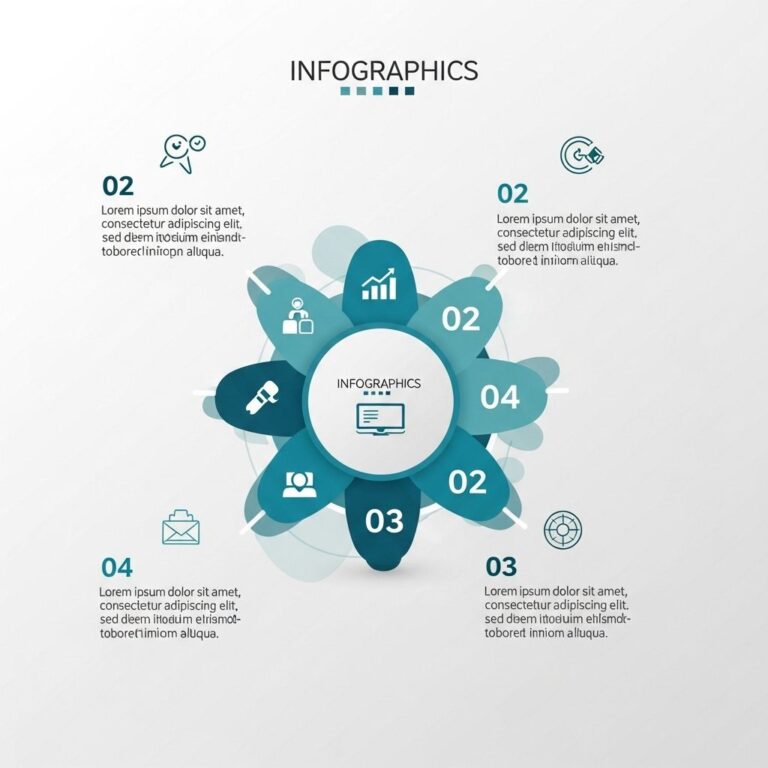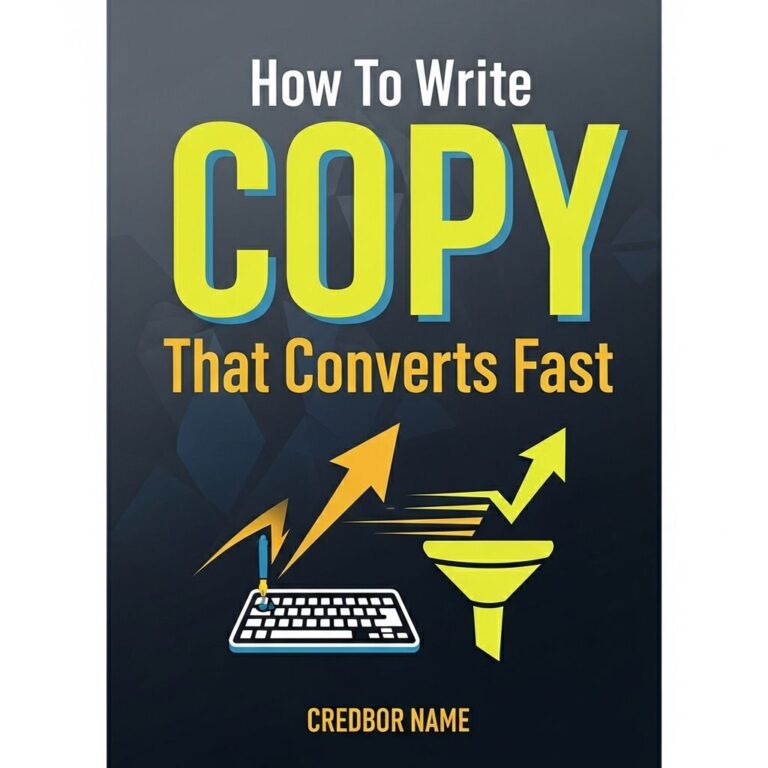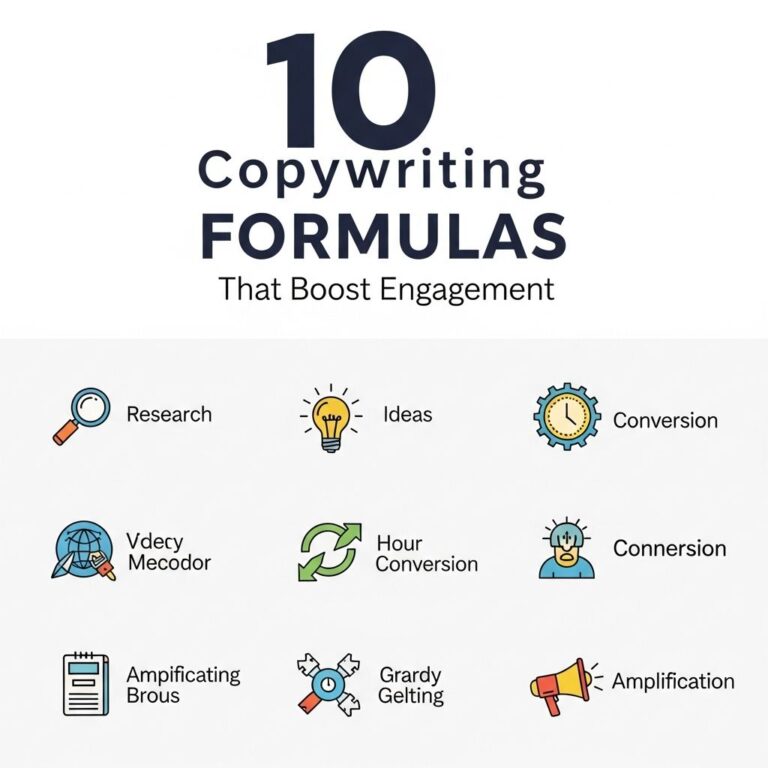In the fast-paced world of digital marketing, writing effective copy that converts is essential for any business looking to thrive online. The right words have the power to persuade, engage, and ultimately drive a customer to take action. Whether you’re crafting an email, a landing page, or a social media ad, understanding the nuances of persuasive writing can make all the difference. This article delves into the strategies and techniques you can use to write copy that converts quickly.
Table of Contents
The Psychology Behind Persuasive Copy
Understanding consumer psychology is fundamental to writing compelling copy. The way people think and make decisions can significantly influence how they respond to your words. Here are some psychological principles to keep in mind:
- Scarcity: People are more likely to act when they believe an opportunity is limited.
- Social Proof: Showcasing testimonials or user reviews can enhance credibility.
- Authority: Positioning yourself as an expert can build trust with your audience.
- Reciprocity: Offering something for free can entice readers to reciprocate with a purchase.
Understanding Your Audience
Great copywriting begins with a deep understanding of your target audience. Here are some steps to identify and comprehend your audience:
1. Define Your Target Market
Create a detailed profile of your ideal customer. Consider demographics, interests, pain points, and purchasing behavior.
2. Conduct Market Research
Use surveys, interviews, and analytics to gather data about your audience’s preferences and needs.
3. Build Customer Personas
Create personas that represent your segments. This helps tailor your messaging effectively.
Crafting Compelling Headlines
Your headline is the first impression, and it needs to grab attention immediately. Here are some techniques for writing captivating headlines:
- Use Numbers: Headlines with numbers tend to attract more clicks (e.g., “7 Tips for Effective Copywriting”).
- Ask Questions: Questions pique curiosity and encourage readers to seek answers.
- Be Specific: Specificity gives your audience a clear idea of what to expect.
- Incorporate Power Words: Words like ‘free’, ‘guaranteed’, and ‘proven’ evoke strong emotions.
Writing Engaging Body Copy
Once you have drawn your reader in with a strong headline, your body copy needs to keep them engaged. Here’s how to write effective body copy:
1. Start with a Hook
Your opening sentence should grab attention. Use a startling fact, an anecdote, or a strong statement.
2. Focus on Benefits Over Features
People want to know what’s in it for them. Highlight the benefits of your product or service:
| Feature | Benefit |
|---|---|
| 24/7 Customer Support | Peace of mind knowing help is always available. |
| Free Trial | No risk in trying before buying. |
| User-Friendly Interface | Saves time and enhances productivity. |
3. Use Clear and Concise Language
Avoid jargon and complex sentences. Aim for clarity to ensure your message is easily understood.
4. Incorporate Storytelling
People resonate with stories. Use narratives to create an emotional connection with your audience.
Call to Action: The Finishing Touch
A strong call to action (CTA) is crucial for conversion. Here are some tips for crafting effective CTAs:
- Be Direct: Use clear and actionable language (e.g., ‘Buy Now’, ‘Sign Up Today’).
- Create Urgency: Encourage immediate action with phrases like ‘Limited Time Offer’.
- Make it Stand Out: Use contrasting colors and larger fonts to draw attention to your CTA.
Testing and Optimization
Writing compelling copy is an iterative process that benefits from testing and optimization. Consider the following:
1. A/B Testing
Test different versions of your copy to see what resonates best with your audience. Analyze metrics like click-through rates and conversion rates.
2. Gather Feedback
Ask for feedback from peers or customers to gain insights on your copy’s effectiveness.
3. Analyze Performance Metrics
Utilize tools like Google Analytics to track user behavior and adapt your strategy accordingly.
Conclusion: The Art of Conversion Copywriting
Incorporating these strategies into your writing process can significantly enhance your ability to produce copy that converts. Remember, the key to successful copywriting lies in understanding your audience, crafting compelling narratives, and continually refining your approach. With practice and a keen eye for detail, you can create persuasive content that not only grabs attention but also drives action, leading to better conversion rates and business success.
FAQ
What is copy that converts?
Copy that converts refers to written content designed to persuade readers to take a specific action, such as making a purchase or signing up for a newsletter.
What are the key elements of effective copywriting?
Effective copywriting includes a strong headline, clear value proposition, engaging storytelling, a call to action, and addressing the target audience’s pain points.
How can I identify my target audience for copywriting?
To identify your target audience, conduct market research, create buyer personas, and analyze existing customer data to understand their demographics, interests, and needs.
What techniques can I use to write persuasive copy quickly?
Techniques for writing persuasive copy quickly include using templates, bullet points for clarity, focusing on benefits over features, and utilizing emotional triggers.
How important is the call to action in copywriting?
The call to action (CTA) is crucial in copywriting as it directs readers on what to do next, increasing the likelihood of conversions and engagement.
Can I use storytelling in my copy to increase conversions?
Yes, incorporating storytelling in your copy can create an emotional connection with the audience, making your message more relatable and memorable, which can enhance conversions.







